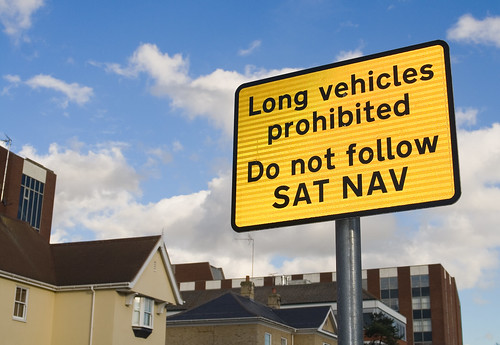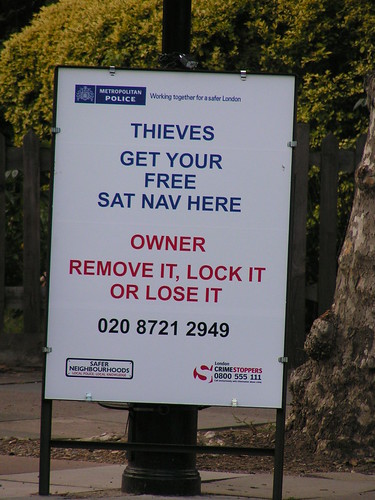Getting You There; The Battle Between PND, Mobile And Car
Attempts to predict the growth, success and uptake of technology are rife. Accurate predictions, less so. "There's no reason for any individual to have a computer in his home", said Ken Olsen, then founder and CEO of DEC in 1977. "I think there is a world market for maybe 5 computers" is apocryphally attributed to Thomas Watson of IBM in 1943.
It's easy to say "well ... duh" with the benefit of hindsight in 2010 but consider this. The first generation of in-car GPS units appeared in 1996. If anyone had told you that 14 years later you'd be running something infinitely more sophisticated and customisable, more powerful than one of Olsen's DEC VAX computers that I started out on, on a device that you stuck in your pocket and which, by the way connected to a global network of computers and was also a telephone, you'd probably not have believed them or suggested that at a minimum they cut their coffee intake back.
Fast forward back to 2010; the big two mapping data providers, Teleatlas and Navteq, have both been acquired, Garmin, once synonymous with GPS is looking increasingly less and less relevant and both Google and Nokia are offering full turn by turn navigation on mobile devices, for free.
So how will this play out? What will dominate? PNDs, telematics dashboard "info-tainment" systems or mobile phones? It's probably going to be all three but not in their current form thanks to the headlong convergence of computer, phone, camera, internet terminal and PND.
In 1996 the first GPS navigation systems were the preserve of the high end, executive car marques; both prestigious and viewed as a luxury commodity they were the precursor of today's info-tainment consoles. Skip to 2004 and TomTom's GO was one of the first of the now ubiquitous PNDs at commodity prices. Six years later and GPS enabled mobile phones are capable of running the same, turn by turn navigation systems but for free and they come preloaded with the handset. Sensing that most consumers are unlikely or unwilling to pay for a dedicated PND when they can have a free navigation system on their mobile the market is reacting and we're seeing the first interfaces between smartphone and info-tainment consoles such as that from Harman and Nokia.
Surely this means that we've come full circle and moving back to in-car based systems? I doubt it. The mobile offering has all the advantages; multi modal routing, pedestrian routing, your music collection, a camera, a phone, an internet console with email and social media apps yet none of the disadvantages; additional subscription cost, another gadget to carry, only works in the car.
The mobile phone and the in-car console are here to stay; the PND is destined for extinction. But like Messrs. Olsen and Watson, I could be wrong.
Written for and originally published in the June edition of Coordinates magazine.
Photo Credits: Unhindered by Talent and Paul Robinson on Flickr.

